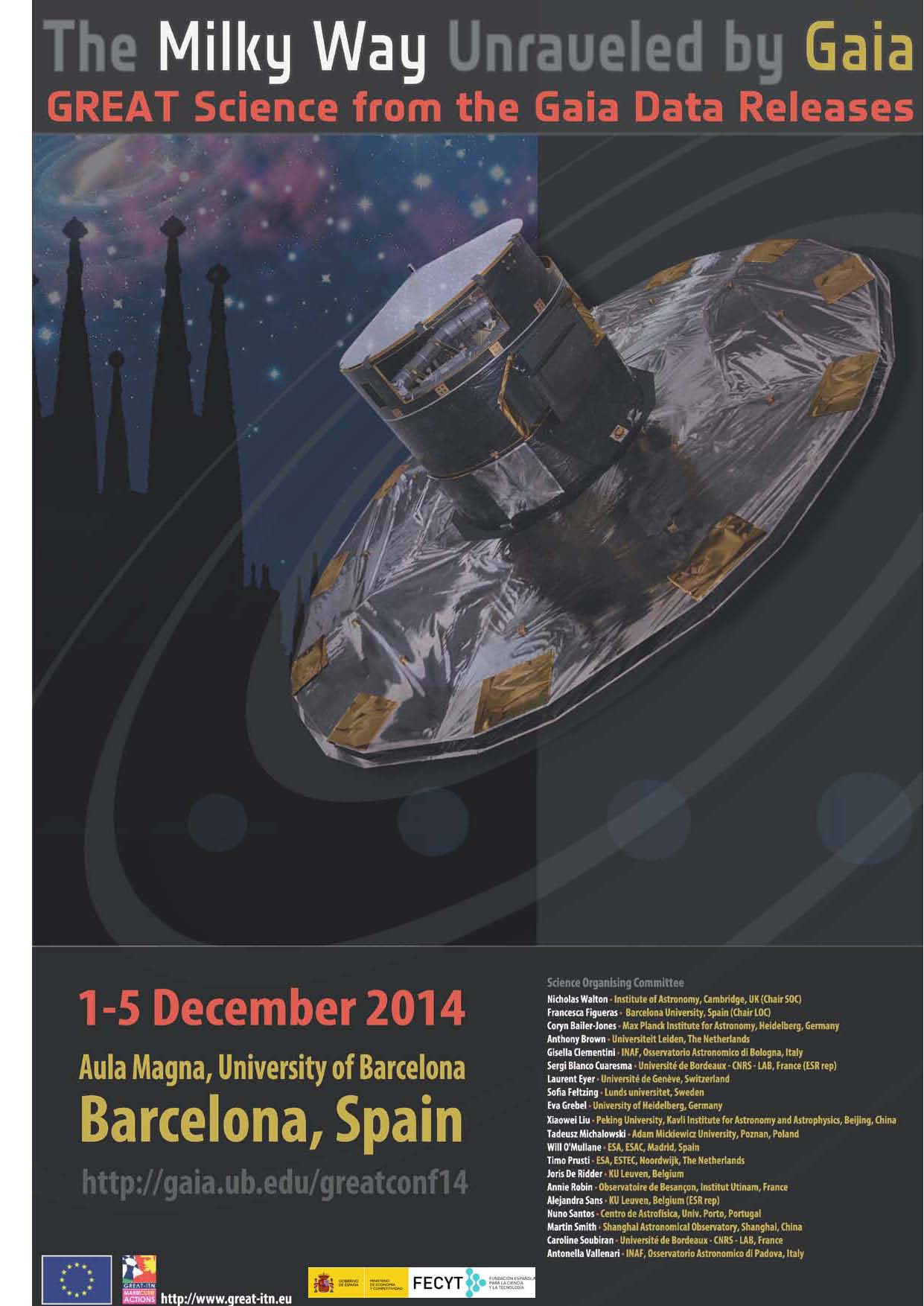Mapping the “X-shaped Structure” in the Galactic Bulge
Zhao-Yu Li, Juntai Shen (SHAO, Shanghai, Xina)
Numerical simulation is essential in understanding and reconstructing the Galactic bulge from observations of numerous individual stars. We apply adaptive kernel smoothing method on three disk simulations to derive the spatial topological surfaces of the bar at different spatial densities. We find that the bar morphology varies at different radius after long time evolution to reach the mature stage. From the face-on view of the bar, the iso-density contours all have similar ellipticities, while in the edge-on view, the contour shape transients from a boxy component to a peanut component with an extended thin bar component. According to the topological results, we expect that in the Galactic bulge, lines of sight passing through the central boxy component ($|b| \leq 3^\degree$) should not reveal double density peaks. This is actually quite consistent with the observations that double peak features cannot be identified (or merge together) at $|b| \sim 3^\degree$. This central boxy component, which contains about 30\% bar mass, may have a non-negligible influence on the bulge measurement for barred galaxies. We also discuss the possible connection between the X-shape and the peanut component.Topic revision: r1 - 2014-11-28 - SusanaBascon
Ideas, requests, problems regarding TWiki? Send feedback

